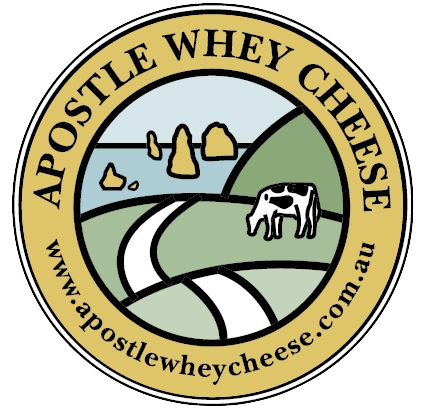Dairy Life | Part 8
Welcome to the eighth instalment in our Dairy Life series, which follows the life of one of our dairy heifer calves, right through to her becoming a working milker.
The health and wellbeing of our animals is critical to the quality of our milk and by extension the taste and success of our cheeses and gelato. Every decision we make on our farm is designed to produce the highest quality milk possible.
This Dairy Life series aims to help our customers, and other people who aren’t farmers, better understand the intricacies of environmentally sustainable dairy production. It is a way of life that we love, but it’s also a highly demanding job that requires a good education, lots of training, extensive experience and the ability to understand and apply complex aspects of animal and agricultural science.
So please enjoy Part 8 of the series and feel free to ask questions, make comments and interact with each other through the comments section of this blog.
Two years to the day after arriving in this world herself, Briney has safely and naturally delivered her first calf and all but completed her journey to join our herd.
Everything went to plan. Briney had been accommodated in our Mooternity Ward at Apostle Whey Cheese for the past few weeks while we waited.
She was 11 days overdue, but there was no need to intervene. When the time came, she got down to what comes naturally and delivered a healthy red angus cross bull calf.
Crossing our maiden heifers with beef breeds is a bit new for us, but it is working out well and means that the resulting cross-bred beef calves have more value.
Briney’s calf will be sold in about a week to a local buyer, to grow out as part of their beef farming activities.
The calf was licked clean by Briney and was up on its feet quickly to suckle from mum. This comes very naturally, but doesn’t always result in an adequate feed of very important colostrum for the calf.
As we reported way back at the start of Briney’s life, we now intervene to ensure our calves receive 2-3 litres of colostrum, which is thick, rich milk full of essential antibodies.
So, after spending the night together, Briney headed to the dairy this morning and her calf was moved to the calf shed next to the dairy.
After our regular milking was completed, Briney hopped on the rotary dairy where she was fed and milked for her colostrum. This went really well and she gave about eight litres – enough for her calf and to help feed others whose mums have already joined the herd.
We make sure that each cow’s colostrum is kept in its own test bucket and numbered with the ear tag number assigned to her calf.
This healthy colostrum was then hand-fed to her calf, which guarantees that the calf has a successful feed and is armed with the antibodies and proteins he needs to stay healthy.
Briney had been receiving a special lead feed while she was in the Mooternity Ward to make sure she was as healthy as she could be – for herself and her calf.
As we reported in Part 7, Briney had also undergone dairy training so that when the time came she was accustomed to stepping onto the dairy, getting fed and being handled.
We place a great deal of importance on the health of our animals and making sure that all calves receive the best start in life they can.
The quality of Briney’s colostrum will reduce over the next week, but we will repeat today’s milking and hand feeding process for 3-4 days while also training the calves to feed themselves from the teat troughs.
After this, Briney’s calf and others born around the same time will be taken to one of our larger calf sheds where they will receive milk from other new mothers.
Briney will continue to get milked and after about four days when her colostrum has dissipated and her milk is ready she’ll officially join the herd and contribute to the vat.
And so, for now that’s where we leave Briney’s story. Luke is keen to continue to share more information about her success in the herd.
So, we will be providing further updates down the track to let you all know about her milk quality, quantity and the next phase of her life which will include her second calf – a dairy calf that may, or may not, follow her path to join the herd as well.



